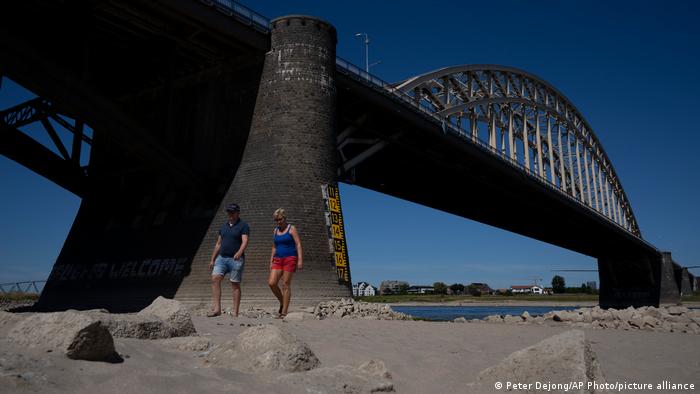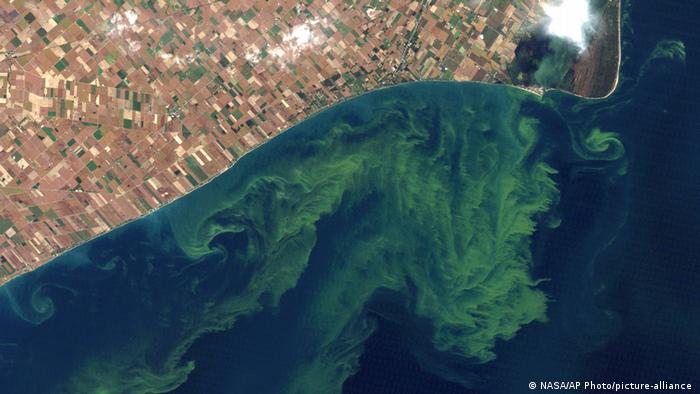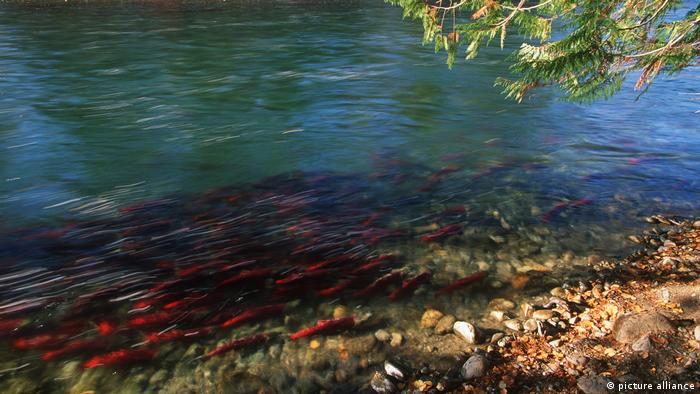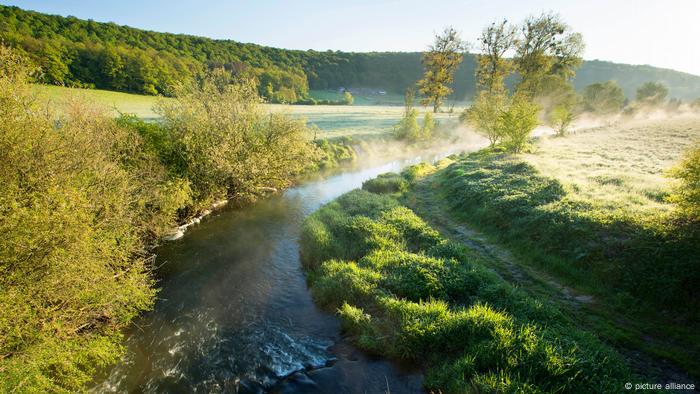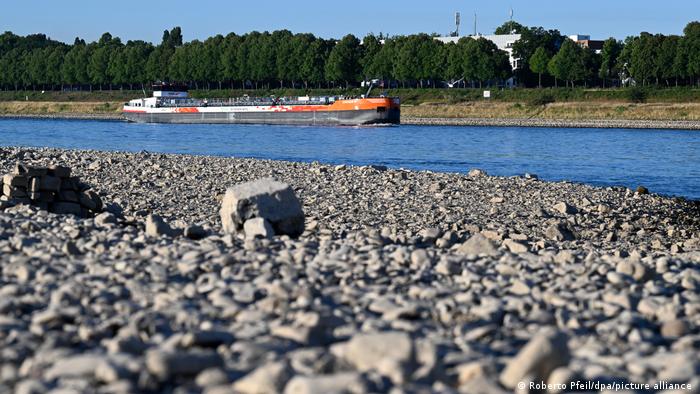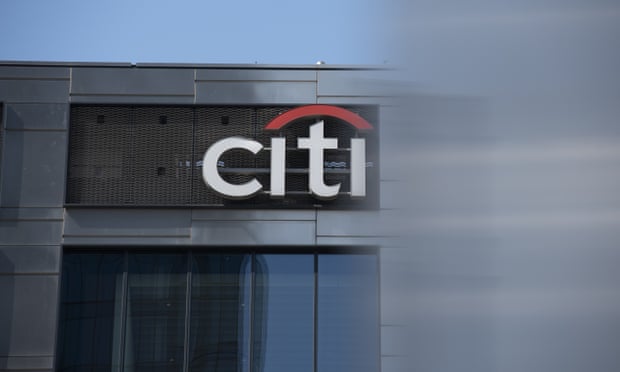Turkey has no intention of seizing Syrian Kurdish territory, Erdogan says
ISTANBUL,— Turkish President Recep Tayyip Erdogan said on Friday that Turkey does not intend to seize any Syrian territory despite stepping up its attacks against Kurdish forces in Syrian Kurdistan (Rojava).
Erdogan’s comments came days after a Turkish air strikes on a Syrian border post run by regime forces reportedly killed 17 fighters.
A war monitor confirmed that both Kurdish fighters manning Syrian border posts and regime forces were killed in Turkish airstrikes.
The official Syrian news agency said three government soldiers died.
Turkey said it was responding to a strike on its own positions along the border that killed two soldiers.
The exchange of fire marked one of the largest escalations since Ankara and Damascus traded attacks in 2020.
Erdogan appeared to try and calm the tensions in comments to reporters on board his return flight from his first wartime visit to Ukraine.
“We do not have eyes on the territory of Syria because the people of Syria are our brothers,” Turkish media quoted Erdogan as saying.
“The regime must be aware of this.”
Erdogan has for several months threatened to launch new military offensive against Kurdish fighters in Syrian Kurdistan, the Kurdish region in northern Syria, which include the US-backed Kurdish People’s Protection Units (YPG), which were an essential component of an international coalition against the Islamic State jihadist group.
Erdogan’s visit to Ukraine came two weeks after he flew to Sochi for talks with Russian President Vladimir Putin that also covered Syria.
Putin’s support was instrumental in helping Syrian President Bashar al-Assad survive an 11-year conflict against rebel groups backed in part by Turkey.
Erdogan said he told Putin that he wanted to cooperate more closely with Russia in northern Syrian regions where Ankara has been targeting Kurds it views as “terrorists”.
“We are in contact with Russia on every step that we take in Syria,” Erdogan said.
Reproachment with Assad?
The border clash came with fears mounting that Turkey may be preparing to launch its fourth cross-border offensive against Kurdish forces since 2016.
Erdogan accuses the Kurdish fighters in Syrian Kurdistan — allied with the United States against Islamic State jihadists — as outlawed militants with links to groups waging a decades-long insurgency against the Turkish state.
He repeated his catchphrase on Friday that Turkish forces could strike Syrian Kurds “suddenly one night”.
But he also hinted that Turkey may be open to a possible reproachment with Assad after fiercely opposing his regime.
“There should be no resentment in politics,” Erdogan was quoted as saying.
He pointed out that Turkey had made up with its one-time rivals Egypt and the United Arab Emirates in the past few years.
“We need to secure further steps with Syria,” he said without fully explaining what those might involve.
Turkish Foreign Minister Cavusoglu sparked protests in northern Syrian regions under Ankara’s control last week by calling for a “reconciliation” between rebel groups it backs and Assad.
He also revealed last year holding his first brief meeting with a Syrian foreign minister since 2011.
“You should always be at peace,” Erdogan said on Friday. “You should have the opportunity to meet at any time.”
Ankara has conducted three incursions into northern Syria since 2016, seizing hundreds of kilometers of Kurdish land and pushing some 30 km deep into the country, in operations targeting mainly the U.S.-backed Syrian Kurdish YPG militia.
In 2016, the Turkish troops entered the Kurdish northern Syria in an area some 100 km east of Afrin to stop the Kurdish YPG forces from extending areas under their control and connecting Syrian Kurdistan’s Kobani and Hasaka in the east with Afrin canton in the west.
In January 2018, Turkish military forces backed pro-Ankara Syrian mercenary fighters to clear the YPG from its northwestern enclave of Afrin. In March 2018, the operation was completed with the capture of the Kurdish city of Afrin. The flags of Turkey and Syrian rebel groups were raised in the Kurdish Afrin city and a statue of a Kurdish hero Kawa, a symbol of resistance against oppressors for all Kurds worldwide, was torn down.
In 2019, an incursion into Syrian Kurdistan against the YPG drew widespread international condemnation, prompting Finland, Sweden and others to restrict arms sales to Turkey.
Rights groups and displaced Kurdish families have accused Ankara-backed Syrian Islamic mercenary fighters of executions, home confiscations and looting in that border strip.
The worldwide-respected PYD-led Autonomous Administration in Syrian Kurdistan has a secular decentralized self-rule, where equality between men and women, direct democracy, and environmental responsibility are emphasized.
In 2013, the Syrian Kurdish Democratic Union Party PYD — the political branch of the Kurdish People’s Protection Units (YPG) — has established three autonomous Cantons of Jazeera, Kobani and Afrin and a Kurdish government across Syrian Kurdistan in 2013. On March 17, 2016, Kurdish and Arab authorities announced the creation of a “federal region” made up of those semi-autonomous regions in Syrian Kurdistan. Turkey on January 20, 2018 launched an operation against the YPG in the Kurdish canton of Afrin and on March 18, the Turkish troops supporting Syrian Islamic mercenary fighters drove the YPG out of Afrin city.
On September 6, 2018, the Democratic Autonomous Administration of North and East Syria was proclaimed in Ain Issa. Since then, the Autonomous Administration has been responsible for implementing the model of democratic confederalism in the municipalities and regions in North-East Syria.
The Kurdish Democratic Union Party PYD and its powerful military wing YPG/YPJ, considered the most effective fighting force against IS in Syria and U.S. has provided them with arms. The YPG, which is the backbone of the Syrian Democratic Forces SDF forces, has seized swathes of Syria from Islamic State.
The Kurdish forces expelled the Islamic State from its last patch of territory in the eastern Syrian village of Baghouz in March 2019. An estimated 12,000 suspected IS members are still held in Kurdish prisons since 2019.
So far over 11,000 Kurdish male and female fighters had been killed in five years of war to eliminate the Islamic State “caliphate” that once covered an area the size of Great Britain in Syria and Iraq.
Copyright © 2022, respective author or news agency, Ekurd.net | AFP | Agencies
Joe Biden’s response to Omar Sindi’s letter regarding Turkey’s military operations in Iraqi Kurdistan
NEW YORK,— A letter from the US President Joe Biden in response Omar Sindi’s letter in regard of Turkish deforestation in Iraqi Kurdistan.
THE WHITE HOUSE
Washington
July 20, 2022
Mr. Omar Sindi Annandale, Virginia
Dear Mr. Sindi,
Thank you for writing to me about U.S. foreign policy. I appreciate the time you took to write, and I welcome the opportunity to respond.
The challenges facing our world today demonstrate how interconnected we are and how the fates of all people are bound up together. The outbreak of a virus overseas can cause profound grief and suffering at home. Conflict a continent away can create unrest that endangers our own security. Economic downturns abroad can mean lost jobs and shuttered businesses in towns across America. Global climate change is already worsening hurricanes in the Gulf, floods in the heartland, and wildfires in the West. No country can solve these problems alone, and America cannot afford to be absent from the world stage. Investing in strengthening our leadership abroad is also an investment in bolstering our security and prosperity at home.
As President, I am determined to repair our alliances, renew our leadership in international institutions, reclaim our credibility, and equip the American middle class to succeed in a global economy. I strongly believe that our Nation is better positioned than any other to lead in the 21st century and to be the greatest force for good in the world. Under my Administration, American political and economic leadership will be rooted in our most cherished values: defending freedom, championing opportunity, upholding universal rights, respecting the rule of law, and treating every person with dignity.
We have returned diplomacy to the center of our foreign policy and are committed to meeting today’s global challenges from a position of strength, working in close cooperation with our allies and partners. I also want to be clear that I will never hesitate to defend the American people or our vital interests, including through the use of force when necessary. We will always stand with our friends around the world to protect our values and to advance peace, security, and prosperity for all.
I appreciate you sharing your views with me, and I will keep your perspective on these important issues in mind as we work to meet the challenges of our time. May God bless America, and may God protect our troops, our diplomats, our development experts, and all those serving in harm’s way.
Sincerely,
Joe Biden.
Omar Sindi, a senior writer, analyst and columnist for Ekurd.net, Washington, United State




